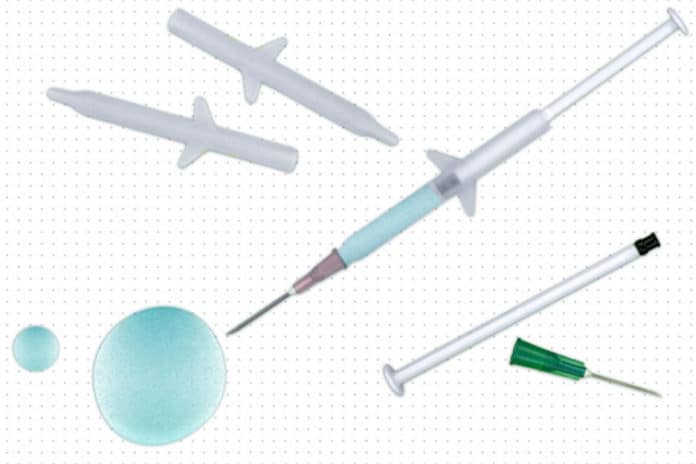Microparticles are generally in the 1–1000 µm size range, serve as multiunit drug delivery systems with well-defined physiological and pharmacokinetic benefits to improve the effectiveness, tolerability, and patient compliance. However, the particles, which are about the size of a grain of sand, can be difficult to inject because they can get clogged in a typical syringe.
MIT scientists now have come up with a computational model that can improve the injectability of such microparticles and prevent clogging.
The model works by examining various factors such as the size and shape of the particles, then determine an optimal design for injectability.
Ana Jaklenec, a research scientist at MIT’s Koch Institute for Integrative Cancer Research, said, “The major issue is clogging, somewhere in the system, that doesn’t allow for the full dose to be delivered. Many of these drugs don’t make it past development because of the challenges with injectability.”
MIT graduate student Morteza Sarmadi said, “Injectability is a major factor in how successful a drug will be, but little attention has been paid to trying to improve administration techniques. We hope that our work can improve the clinical translation of the novel and advanced controlled-release drug formulations.”
To improve the injectability of these and other microparticles, the analysts tentatively examined the impacts of adjusting the size and shape of the microparticles, the viscosity of solution wherein they are suspended, and the size and shape of the syringe and needle used to deliver them. They tested cubes, spheres, and cylindrical particles of various sizes, and estimated the injectability of everyone.
Scientists then used the data to train a kind of computational model known as a neural network to anticipate how each of these boundaries affects injectability. The most significant components ended up being particle size, concentration in the solution, a viscosity of the solution, and needle size.
Specialists taking a shot at drug-delivering microparticles can input these boundaries into the model and get an expectation of how injectable their particles will be, sparing the time they would have needed to spend building various forms of the particles and testing them tentatively.
Sarmadi says, “Instead of going through the experiments, and going back and forth, having no idea of how successful the system will be, you can use this neural network, and it can guide you, early on, to have an understanding of the system.”
Scientists used their model to determine how changing the shape of the syringe could affect injectability. They even have designed an optimal shape that resembles a nozzle, with a wide diameter that tapers toward the tip.
Using their new syringe design, scientists tested the injectability of the microparticles and found that they boosted the percentage of particles delivered from 15 percent to almost 90 percent.
Sarmadi said, “This is another way to maximize the forces that are acting on the particles and pushing the particles toward the needle. It’s a promising result that shows that there’s huge room for improvement in the injectability of microparticle systems.”
Using this model, the researchers were able to achieve a six-fold increase in the percentage of microparticles they could successfully inject. They now hope to use the model to develop and test microparticles that could be used to deliver cancer immunotherapy drugs, among other potential applications.
Jaklenec and Robert Langer, the David H. Koch Institute Professor at MIT, are the senior authors of the study.
Journal Reference:
- Morteza Sarmadi et al. Modeling, design, and machine learning-based framework for optimal injectability of microparticle-based drug formulations, Science Advances. DOI: 10.1126/sciadv.abb6594
